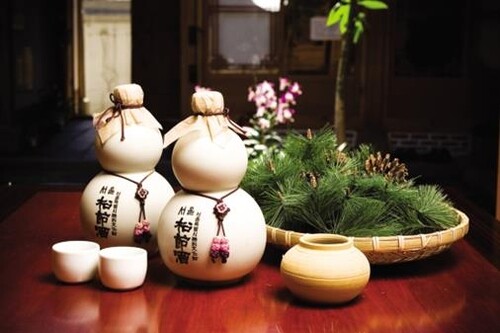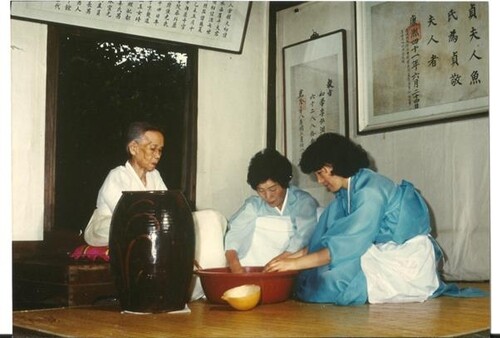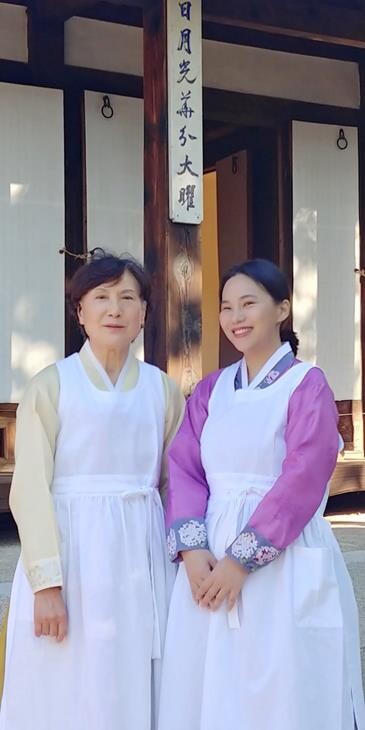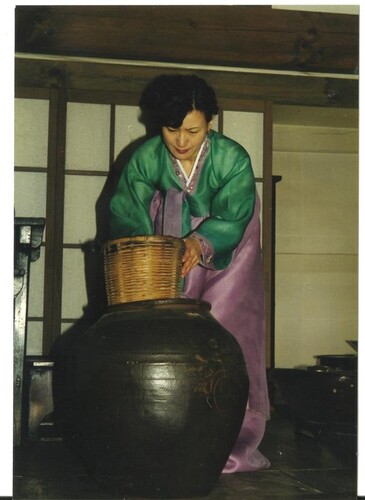Editor's Note: According to the Korea Foundation's 2024 report, there are nearly 225 million Hallyu (Korean Wave) fans worldwide. With the advent of the "Digital Silk Road," transcending time and space, we are entering the era of "Hallyu 4.0." To help readers gain a fresh perspective on Korean culture and K-culture, the Yonhap News K-Culture Team has prepared a series of expert columns.
Shin Jong-geun's 'K-Liqueur' Story: Hanju and Songjeolju, Treasured Spirits of Seoul
Contributed by Shin Jong-geun, exhibition planner and columnist (author of "Art and Liquor")
 |
| ▲ Seoul Intangible Cultural Heritage: Songjeolju - Source: Hanju Brewery |
When discussing Seoul’s four famous traditional liquors, one often mentions Samhae Yakju, Hyangonju, Samhae Soju, and Songjeolju. Among these, Songjeolju (松節酒) is a traditional folk liquor widely enjoyed since the Joseon Dynasty. Although it’s not associated with a specific region, Songjeolju was particularly popular among the middle class near Seoul until the late Joseon period.
The origins of Songjeolju are not precisely documented, but it’s referenced in several ancient texts such as "Donguibogam," "Gosa Sibi Jip," "Gyuhap Chongseo," "Imwongyeongjeji," and "Buinpiji," indicating its widespread consumption during the Joseon era. Songjeolju was especially favored by scholars due to the symbolic significance of pine trees and their fragrance. Notably, King Yeongjo, who frequently imposed alcohol bans, drank Songjeolju to strengthen his lower body joints. During the ban periods, he reportedly consumed Songjeolcha, which was essentially the same as Songjeolju.
Songjeolju was passed down through the family of Chungyeonggong Lee Jeong-ran during the reign of King Seonjo of Joseon. In the late 19th century, Heo Seong-san (1892-1967), the wife of Lee Pil-seung, brewed Songjeolju at her in-laws' home. Her daughter-in-law, Park A-ji, continued the tradition. In 1989, Songjeolju was designated as Seoul’s Intangible Cultural Heritage No. 2, with Park A-ji recognized as the custodian of the brewing technique. After her passing in 1991, her daughter-in-law, Lee Seong-ja, was appointed as the new custodian. Currently, the tradition is carried on by Lee Seong-ja’s daughter-in-law, Park Min-jung.
 |
| ▲ Master Brewer Park Ah-ji (left) making Songjeolju, with Lee Sung-ja (center) |
Park Min-jung, who has a background in design and culinary arts, is dedicated to the preservation and research of Songjeolju. She is also involved in product development and design at the Hanju Brewing Company, where they produce "Hanju" (汗酒), a liquor inspired by Songjeolju.
 |
| ▲ Lee Sung-ja and her daughter-in-law, Park Min-jung |
Songjeolju is a traditional medicinal liquor made by boiling fresh pine knots (송절, Songjeol) in water, which is then mixed with non-glutinous rice, glutinous rice, and nuruk (a fermentation starter). Depending on the season, ingredients like azalea in spring, chrysanthemum in autumn, and yuzu or tangerine peels in winter are added to give the drink a seasonal flavor. True to its origins as a household medicinal brew, Songjeolju is enriched with various medicinal herbs to enhance the therapeutic properties of the pine knots.
While the liquor company Kooksoondang has revived and commercialized Songjeolju, the modern version is different from the traditional recipe. The amount of Songjeol used has been significantly reduced to minimize bitterness, which intensifies with more pine knots. Traditionally, the essence of boiled Songjeol was used to brew the liquor, but now, the Songjeol is directly added to the rice during fermentation, allowing its components to be extracted during the brewing process.
Hanju Brewing, run by the current holder of the Songjeolju brewing technique, Lee Seong-ja, plans to bring back Songjeolju in 2025. Originally a pianist, Lee Seong-ja graduated from Seoul National University's Department of Instrumental Music and taught music at Chung-Ang University's affiliated middle school and Kaywon High School of Arts for 18 years. After the passing of her mother-in-law, Park A-ji, in 1992, Lee took up the traditional Songjeolju brewing method at the urging and support of the Korea Cultural Heritage Foundation.
The traditional method Lee inherited is known as the "Lojudumalbi" technique, a meticulous brewing process that extracts the essence of the rice-based liquor drop by drop, much like gathering dew. Using this distillation method, Lee successfully produced Hanju, a renowned Joseon Dynasty liquor. In 1994, she founded Hanju Brewing, dedicating herself to the production and promotion of traditional Korean liquors.
Hanju has been recognized as the folk liquor that best embodies the spirit of Korea, thanks to the thorough verification by the Korea Cultural Heritage Foundation. The bottle design features plum blossoms, one of the four gracious plants (sagunja), which were highly cherished by poets and scholars. The plum blossom, also known as "Homonmok" (好文木), was revered as a companion of poets. The bottle of Hanju Maehwa, which contains the liquor, is adorned with hand-painted plum blossoms by ceramist Lee Kwang-hee, reflecting the noble heart, elegance, and patience symbolized by the flower.
The 45-degree Hanju, branded as Hanju Myungjak, is particularly notable. The bottle is a work by ceramist Lee Seok-yong, made of hand-crafted crystalline porcelain. The irregular crystal patterns, resembling flowers and stars, are designed to evoke the depth of Korea's full moon, making the 45-degree Hanju a collectible piece.
Through these efforts, Songjeolju and Hanju have established themselves as iconic liquors of Seoul, with the descendants of master brewers dedicated to preserving the tradition of household liquors.
 |
| ▲ Lee Sung-ja brewing traditional liquor |
(C) Yonhap News Agency. All Rights Reserved























